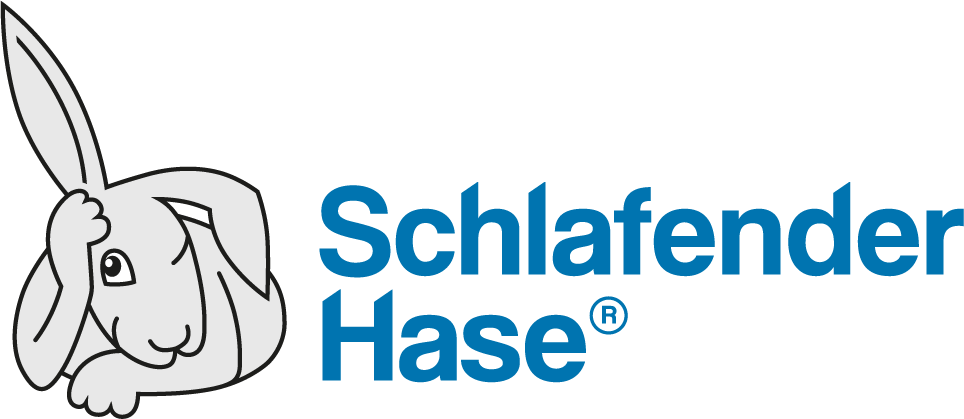In the complex landscape of pharmaceutical manufacturing, every detail matters. From the formulation of the drug to its packaging and labeling, precision is vital. However, despite stringent regulations and quality control measures, labeling errors persist, posing significant risks to patient safety and public health.
A recent analysis of FDA recalls spanning the years 2012 to 2023 sheds light on the prevalence and consequences of labeling-related drug recalls. Among the myriad reasons for recalls—contamination, manufacturing issues, out-of-specification (OOS) results, and sterility—labeling errors emerge as a concerning trend. The data reveals that approximately 8% of all FDA recalls during this period were attributed to labeling issues, emphasizing the magnitude of this problem.
Labeling errors can have dire consequences
The consequences of such errors can be dire. Patients rely heavily on the information provided on drug labels to ensure safe and effective use. However, when labels are mixed up, patients may receive the wrong medication or incorrect dosage, leading to serious health complications.
For example, a recall by Endo Pharmaceuticals was initiated due to labeling inaccuracies regarding the dosage regimen of Robaxin 750 mg tablets. Such discrepancies can result in patients inadvertently taking incorrect doses, jeopardizing their well-being.
Furthermore, labeling errors undermine the integrity of the entire healthcare system. Patients place their trust in pharmaceutical products and the information provided on their labels. Any deviation from the prescribed instructions can erode this trust and compromise patient safety. Moreover, the repercussions may extend beyond individual patients to healthcare providers, regulatory authorities, and pharmaceutical manufacturers.
Labeling Compliance
To mitigate the risks associated with labeling errors, regulatory bodies worldwide have implemented stringent guidelines and standards for labeling compliance. These regulations encompass every aspect of labeling, from content accuracy to format and presentation. Additionally, pharmaceutical companies are urged to implement robust quality control measures throughout the manufacturing and labeling processes to minimize the likelihood of errors.
Reduce the risk
So how can pharmaceutical companies mitigate the risk of labeling errors? Using a content comparison tool, like TVT is an easy and reliable option. Content comparison (or proofreading) software allows users to compare digital files with different layouts and in different formats (ex: Word to PDF) to catch any potential deviations early in the process – before the information is placed in the hands of patients.
The software will instantly “proofread” and identify any deviations between the two digital files (ex: font size, graphics, font style, barcodes, spelling, etc.) You just need to determine whether these deviations are acceptable or not. An audit trail report is then generated to ensure quality compliance.
In conclusion, labeling errors in the pharmaceutical industry represent a critical challenge with far-reaching implications. While efforts to address this issue have been made through regulatory interventions and quality control measures, implementing technology tools to remove the risk of human error is one solution that can be implemented in any workflow today. By prioritizing accuracy and adherence to labeling regulations, stakeholders can uphold patient safety and maintain the trust and integrity of the healthcare system.






